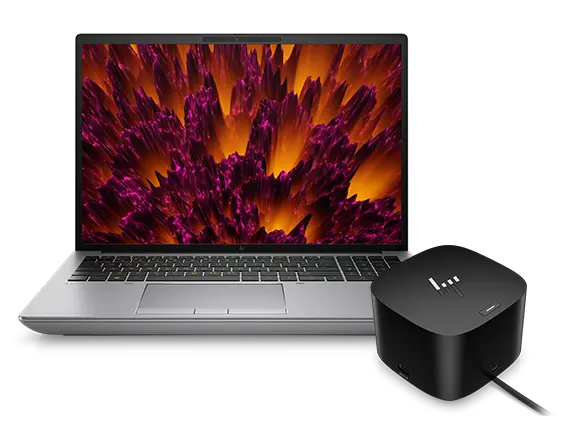If you’re using an HP EliteDesk 800 G1 SFF and struggling with RAM speeds, you’re not alone. Many users find that upgrading their RAM doesn’t yield the expected performance boost. This article provides a comprehensive guide to solving RAM speed issues, ensuring your system runs at its optimal speed.
Understanding RAM Speeds
What is RAM Speed?
RAM speed, measured in Megahertz (MHz), determines how fast your memory can read and write data. Higher speeds translate to better performance, especially for multitasking and memory-intensive applications.
Importance of Matching RAM Speeds
Mixing different RAM speeds can lead to your system defaulting to the lowest speed, impacting performance. For instance, if you mix 1600MHz and 1333MHz RAM, your system may run at 1333MHz, even if the faster RAM is installed.
Common Issues with RAM Speeds on HP EliteDesk 800 G1 SFF
Mixed RAM Speeds
Your HP EliteDesk 800 G1 SFF originally came with an 8GB Samsung 1600MHz stick. Adding slower 1333MHz sticks can cause the entire system to run at the lower speed, as seen in your case.
BIOS Configuration
Incorrect BIOS settings can also limit RAM speeds. Ensuring your BIOS is configured correctly can help unlock the full potential of your RAM.
Step-by-Step Guide to Optimizing RAM Speeds
Step 1: Check Current RAM Configuration
- Open Task Manager: Press
Ctrl + Shift + Escto open Task Manager. - Go to the Performance Tab: Click on the
Performancetab and selectMemoryto see the current RAM speed.
Step 2: Verify RAM Compatibility
Ensure all RAM sticks are compatible with your system and each other. Check the specifications of your HP EliteDesk 800 G1 SFF and the RAM sticks.
Step 3: Update BIOS
- Visit HP Support: Go to the HP support website and find the latest BIOS update for your HP EliteDesk 800 G1 SFF.
- Download and Install: Follow the instructions to download and install the update.
Step 4: Configure BIOS Settings
- Enter BIOS: Restart your computer and press
EscorF10during startup to enter the BIOS setup. - Navigate to Advanced Settings: Look for memory settings under the
AdvancedorPerformancetab. - Set RAM Speed: Manually set the RAM speed to 1600MHz if available. Save and exit the BIOS.
Step 5: Test RAM Speeds
- Restart and Check: Restart your computer and check the RAM speed in Task Manager.
- Use CPU-Z: For more detailed information, download and install CPU-Z. Open the program and navigate to the
Memorytab to see detailed RAM speed and timings.
Troubleshooting Common Issues
RAM Not Running at Desired Speed
- Re-seat RAM Modules: Ensure all RAM sticks are properly seated in their slots.
- Test Individually: Test each RAM stick individually to identify any faulty modules.
System Stability Issues
- Run Memory Diagnostics: Use Windows Memory Diagnostic tool to check for issues. Type
mdsched.exein the Run dialog (Win + R) and follow the prompts. - Adjust Voltage: In some cases, adjusting the RAM voltage in BIOS can stabilize performance.
Conclusion
Optimizing RAM speeds on your HP EliteDesk 800 G1 SFF can significantly enhance your system’s performance. By following the steps outlined in this guide, you can ensure your RAM runs at its maximum potential. Remember, patience and careful observation are key. Enjoy the improved performance and the satisfaction of a well-tuned system!
Additional Resources
By implementing these steps, you can resolve RAM speed issues and make the most of your HP EliteDesk 800 G1 SFF’s capabilities. Happy computing!


